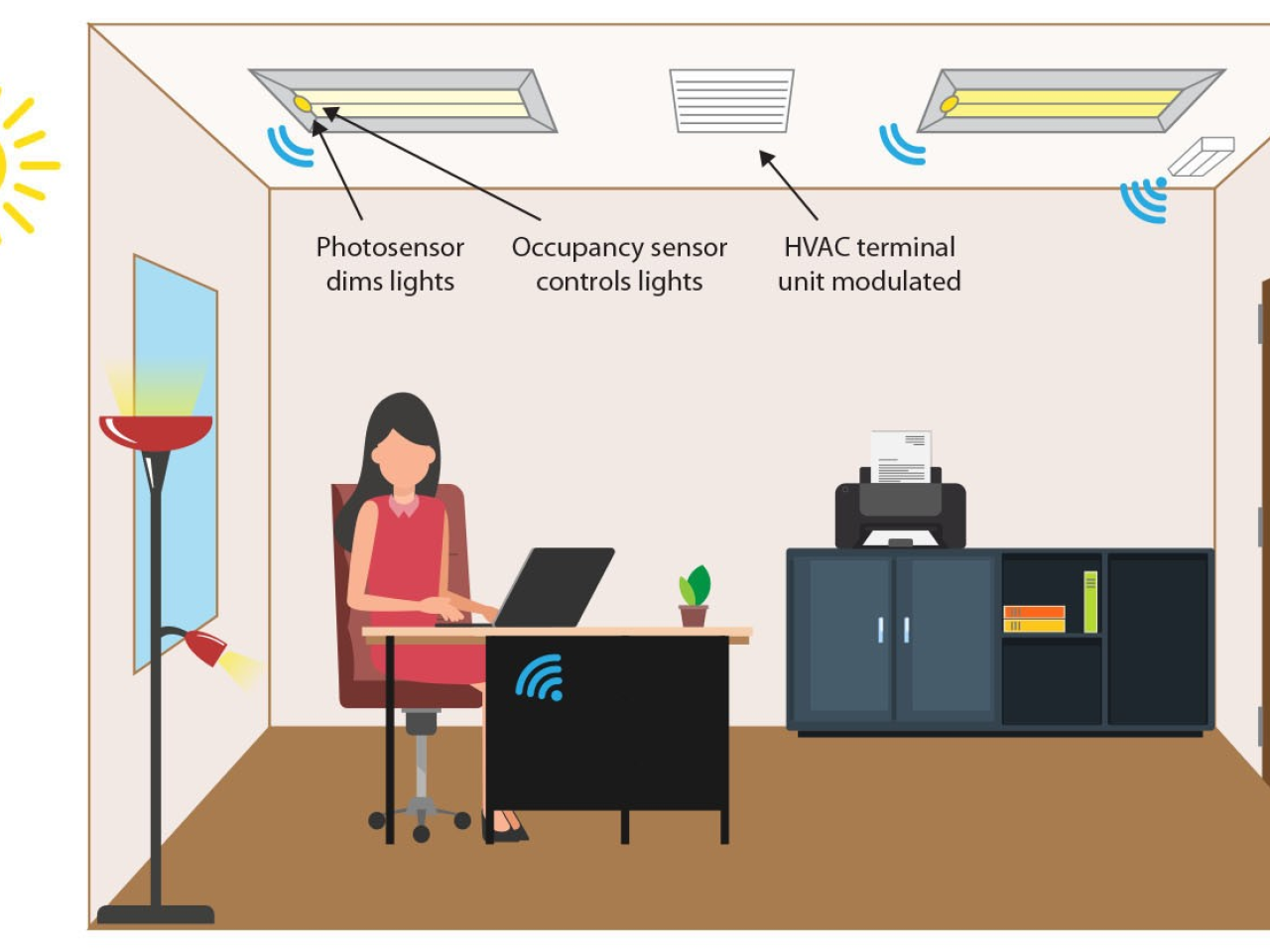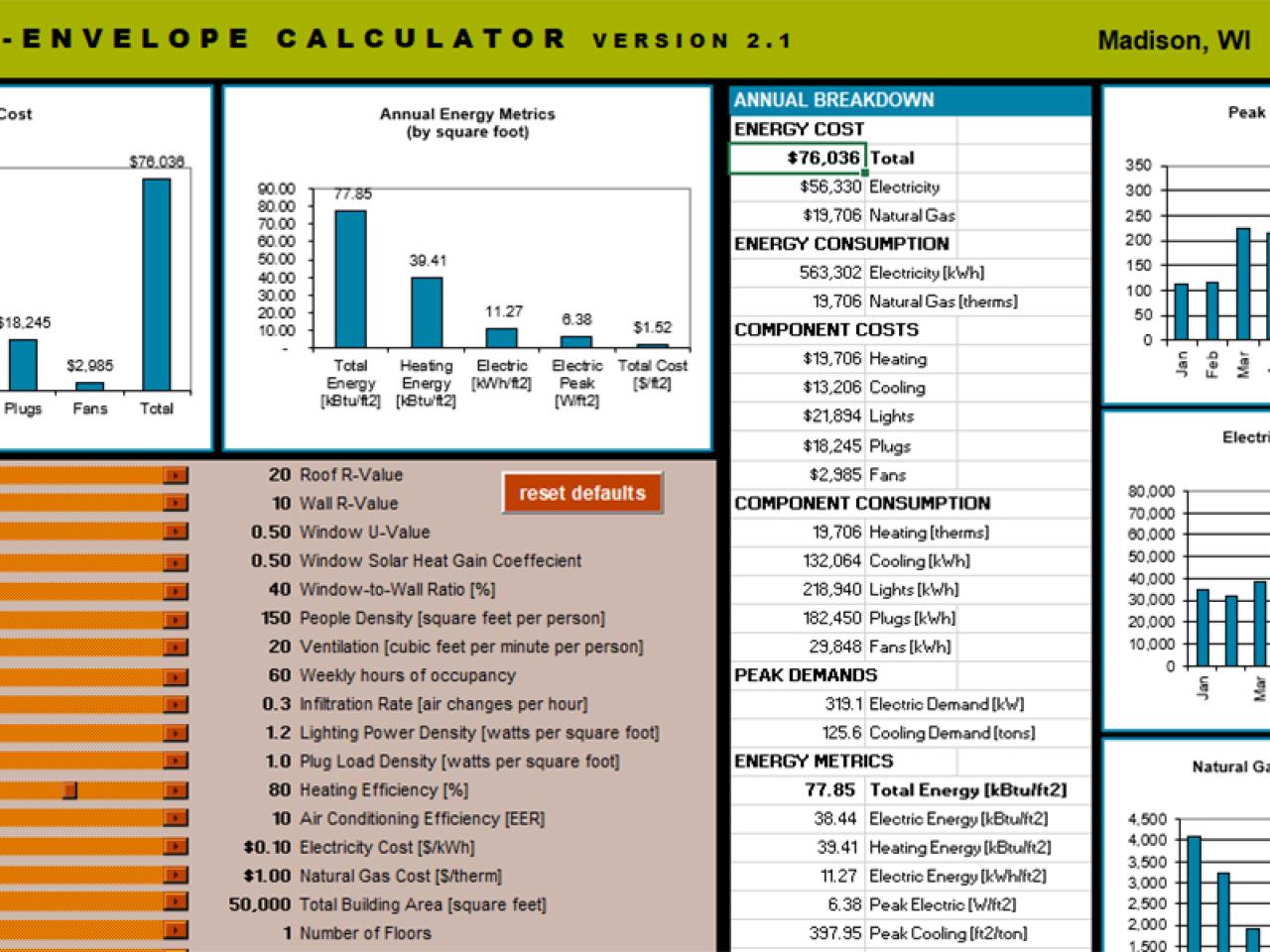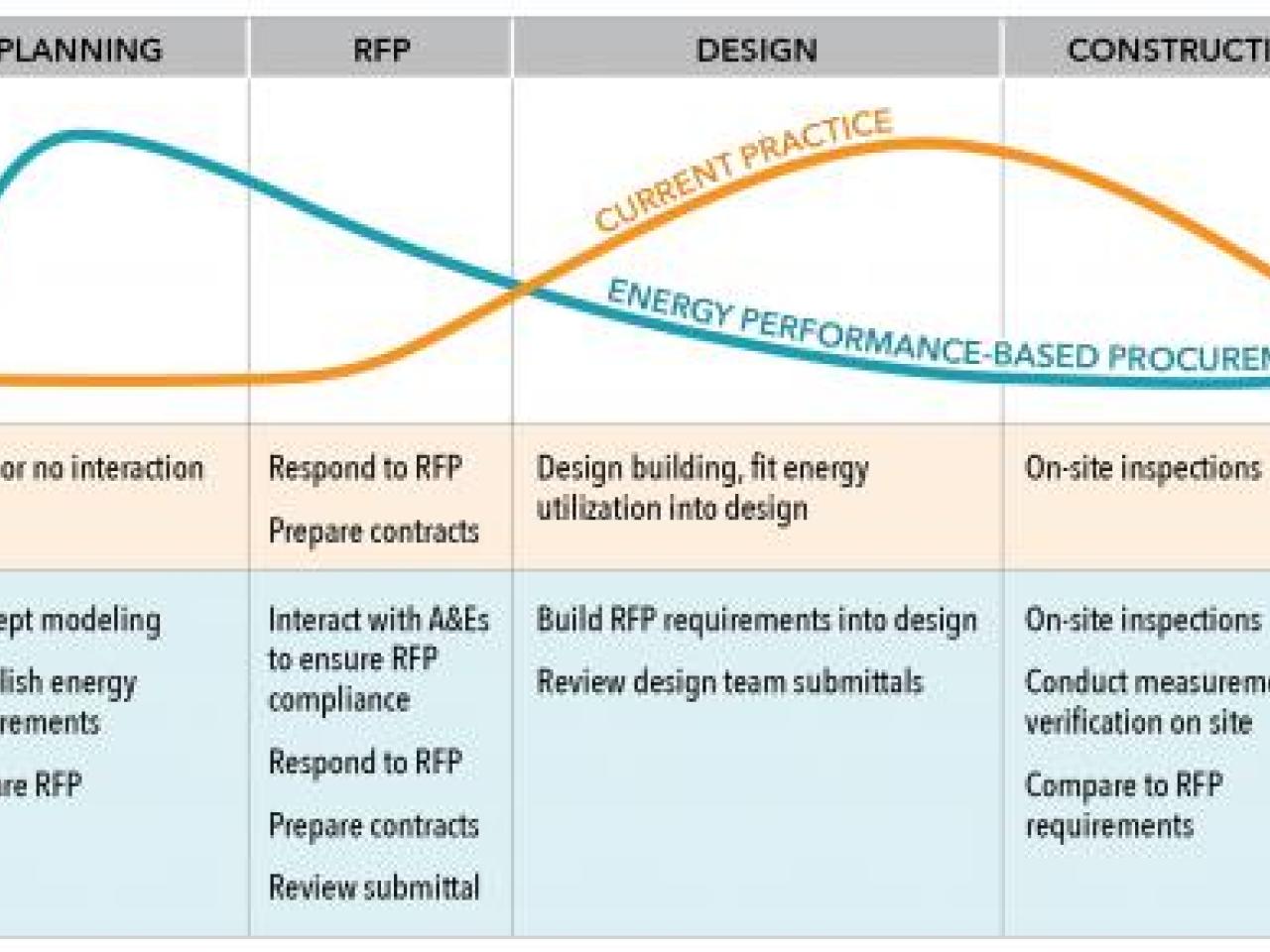Energy modeling makes exploring and establishing more energy-efficient alternatives easier during the planning stage of a new building. Using the right software tools during this stage is essential for identifying and assessing the technical, economic, and environmental aspects of electricity, gas, and end-use services, as well as their associated impacts.
Featured Stories

Meet the principal of Wisconsin's first net zero energy school.

How an energy modeling tool is helping teach students about building performance.





